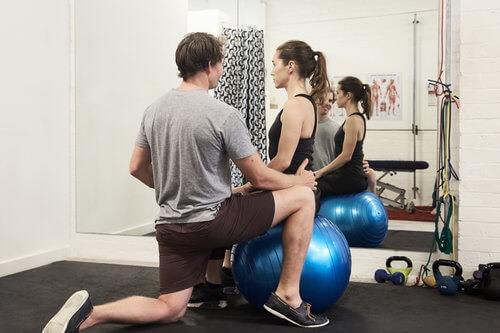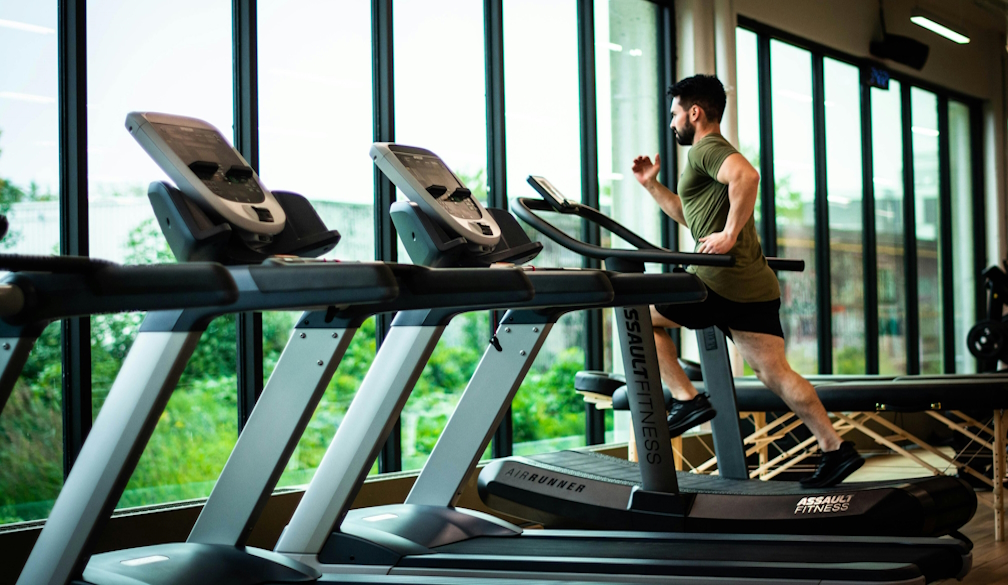To Ice or not to Ice an injury?

Sprained ankle? Ice pack. Black eye? Ice pack. Sports injury? Ice bath. We have been taught for many years to always reach straight for the ice when our bodies are suffering an injury and especially if we know that injury is going to double in size with swelling. But what if ice isn’t always the best solution?
So why do our bodies experience swelling around injuries? Swelling is the bodies way of protecting itself. When the body senses an injury, it will react by sending a flurry of white blood cells to the area to allow the repair work to begin. Although, while the swelling allows the healing process to begin it also keeps you from using that part of your body as you normally would. So, if you have sprained your ankle, the swelling will keep you from walking on it for a while, and even though this is good in the short term, after a while your muscles start to weaken from lack of use, and it may take you longer to regain the strength you once had. Many sports injuries can result in chronic swelling, again seriously slowing down recovery due to weakening of the surrounding muscles.
Now that’s where the ice comes in. Applying ice over an injury is the most common way to reduce swelling in the body and is used for most sports around the world. You’ve probably seen a footballer in the middle of the pitch having their legs wrapped in ice, or tennis players leaning an icepack over their shoulders on the side of the court, it’s a quick and easy way to reduce pain providing numbness and reducing the likelihood of swelling. These athletes are all following the advice of the well-known acronym R.I.C.E (rest, Ice, compression, elevation) dating back to 1978. Yet recent studies have found that icing and preventing the body’s natural reaction to swell may delay healing rather than aid it.
But before you go throwing out your bag of frozen peas from the freezer, you’ll be glad to know it’s not a complete no for using ice to ease the pain. It is recommended that if using ice for pain management you should ice your injury in short bursts of no more than 5 minutes at a time. Anything more than that can have a massively slow down recovery time. Also, it’s said to be best to leave at least 20 minutes between each icing session, again allowing your body to continue with its own natural healing process. For more of a long term fix you would benefit more from looking into Sports physiotherapy to help encourage your body to heal with the help of a well-trained expert, rather than what has previously been a trusted process.
So, should you ice or not? It’s hard to break old habits but in this case, it may be for the best. Just remember, ice is not the enemy. Keep it short and sweet, a little bit of icing can go a long way.

























